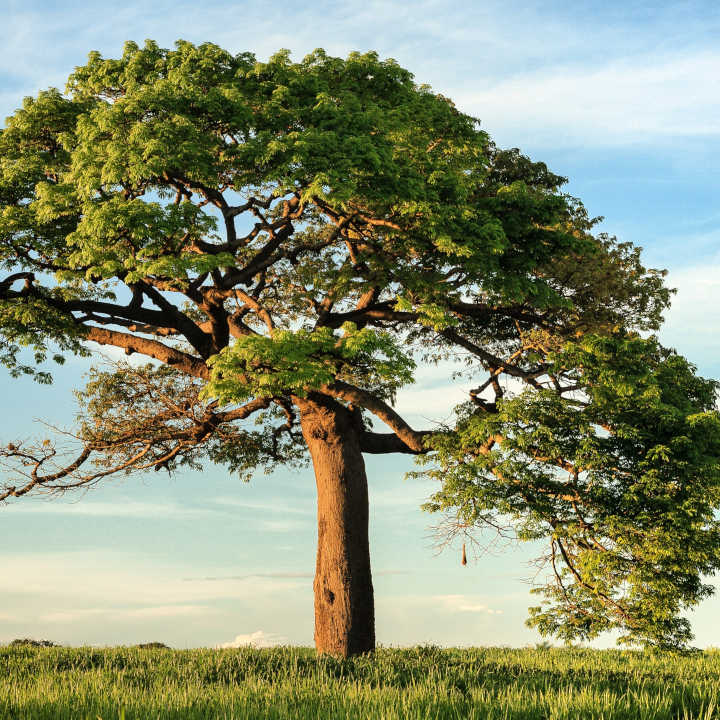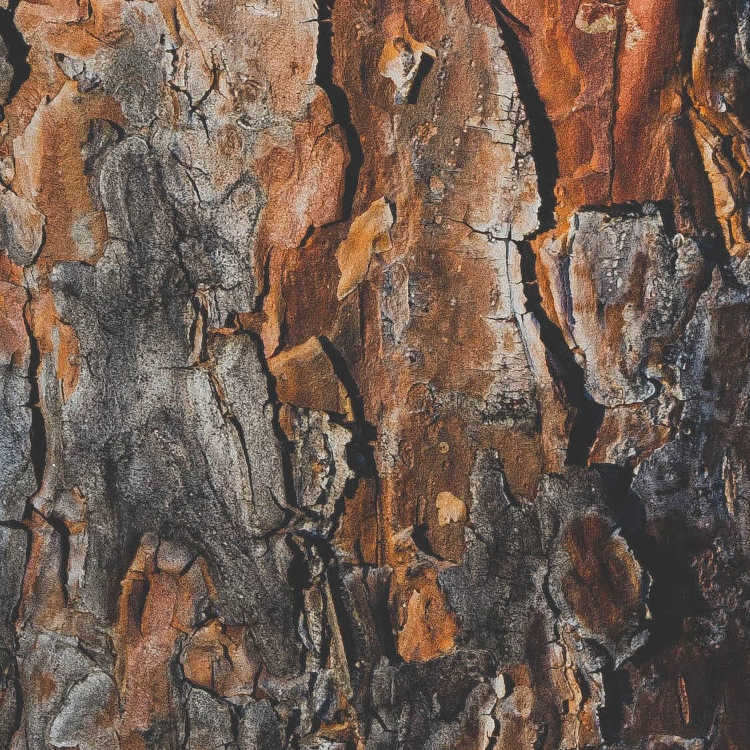Our
Dead, dying and diseased branches will unexpectedly break and fall from a tree at any time. Homeowners choose to have their tree deadwooded to prevent this from happening. These are the most popular reasons homeowners choose to have their tree deadwooded:
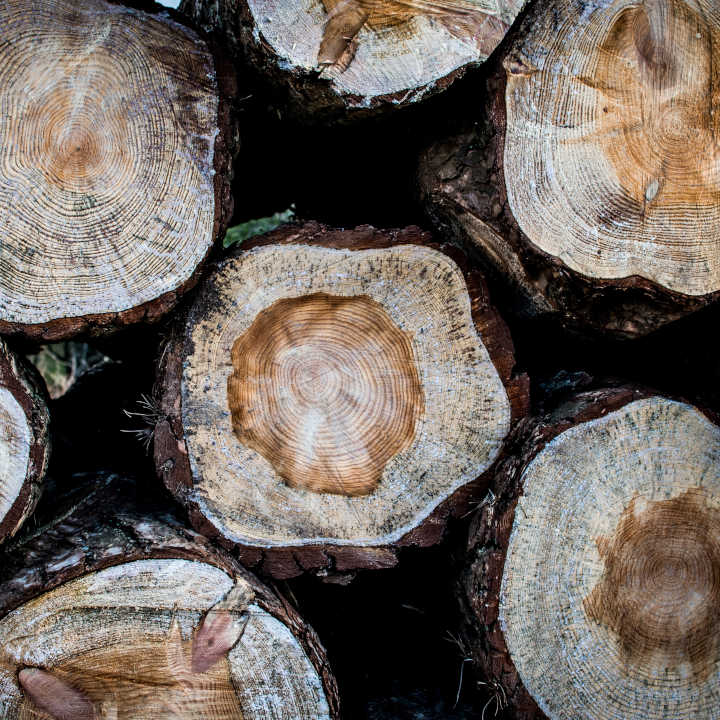
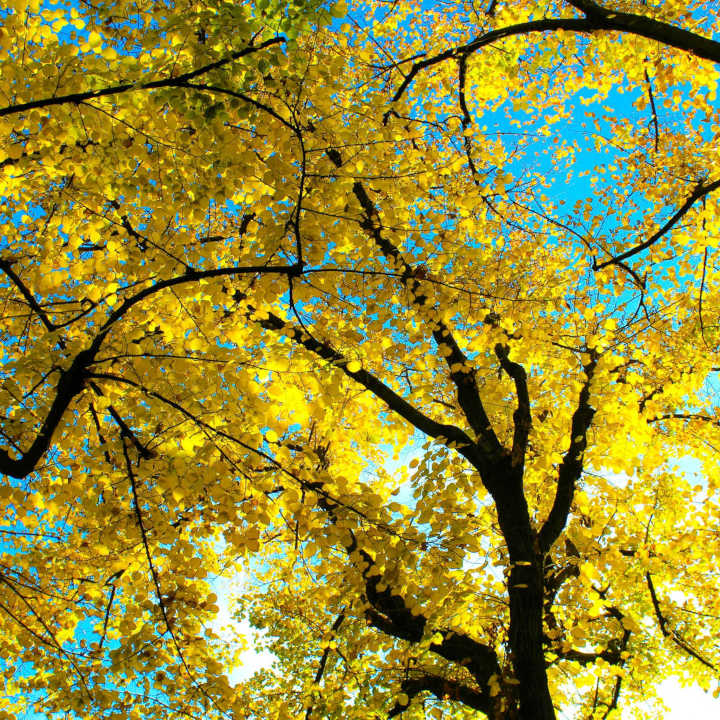
Thinning a tree allows air to flow through its crown more freely and helps maintain its form and structure. Removing the excess foliage and weight from the tree greatly reduces the chance of it or any of its major branches from breaking and falling during a storm. This allows more sunlight to penetrate surrounding trees and grass and will enhance their growth. After thinning your tree, it will look open, very clean, and well maintained. This will really add curb appeal to your property.
There are many reasons homeowners choose to have their trees raised. Whatever your reason is to raise your tree, we can do it for you. These are the most popular:
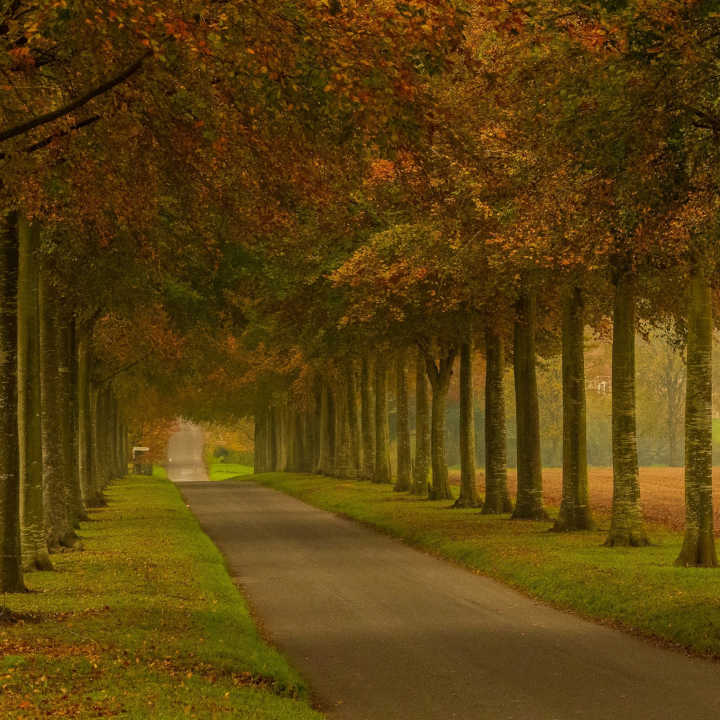
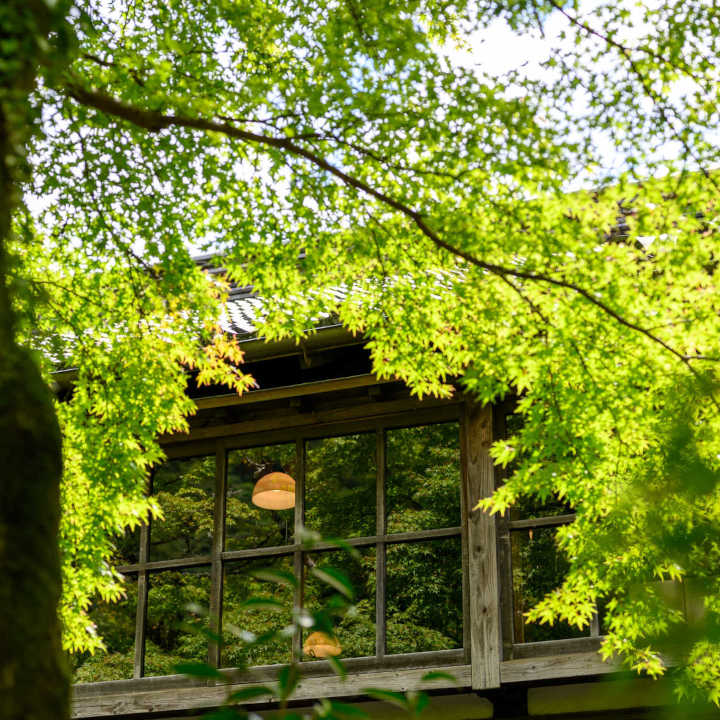
There are many reasons homeowners choose to have their trees pruned back. These are the most popular:
Whatever your reason to prune back those encroaching branches, we can do it for you.
Properly shaping a tree or shrub requires an experienced climber with knowledge of trees. Our climbers and bucket truck operators are the most experienced in the industry. Shaping a tree will return it back and maintain its natural shape.
Shaping is usually required for smaller trees or shrubs and a crown reduction is usually required for larger trees.
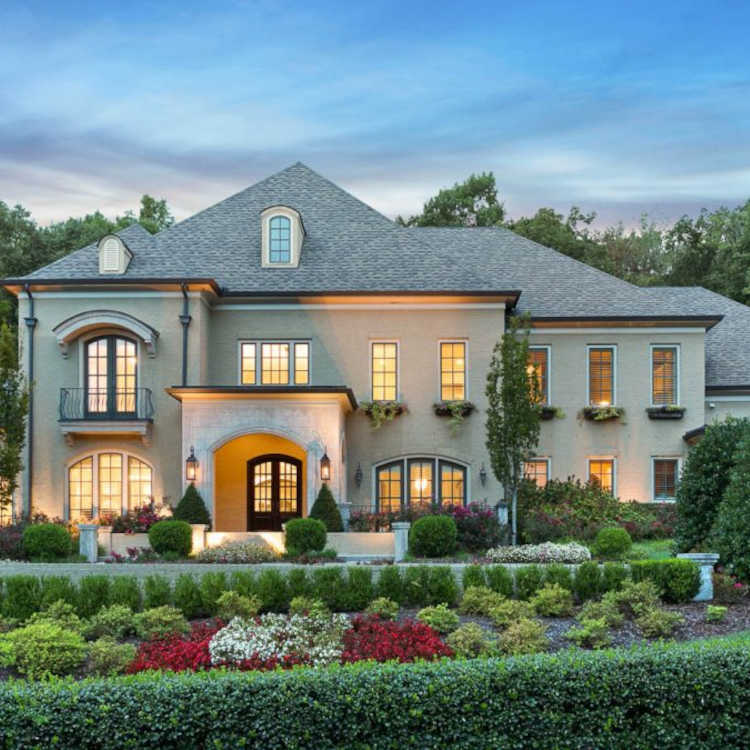
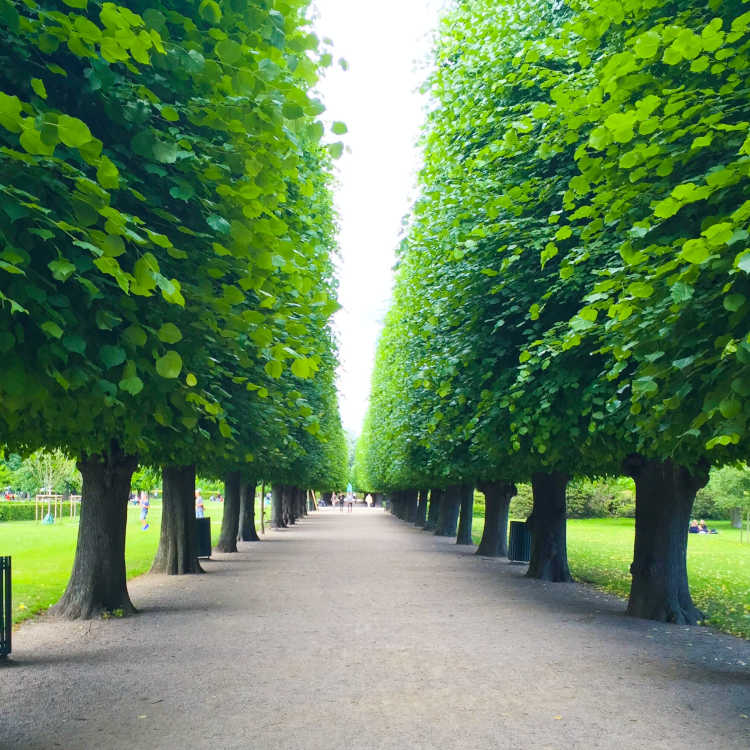
A proper crown reduction requires an experienced climber with knowledge of trees. It requires pruning all branch ends back to a lateral branch and maintaining the tree's nature shape at the same time. Approximately 1/3 of the tree's total height and width should be reduced. After a crown reduction, the shape and form of the tree will look the same, only smaller. By reducing excess weight on the branch ends, it reduces potential appearance of your tree and adds curb appeal to your property. Tree "Topping" should never be confused with crown reduction. Topping a tree will destroy it. Branch ends are cut too far back, leaving large open wounds subject to decay, disease and insects. The loss of foliage will starve the tree and weaken its root system and structural strength. The tree will never retain its natural shape again, and its lifespan will be significantly reduced. If a tree company has a "Topping" policy, do not let them near your trees!
Cables reinforce weak areas in the tree and help maintain its shape and form. Very few tree companies are qualified to install cables.
